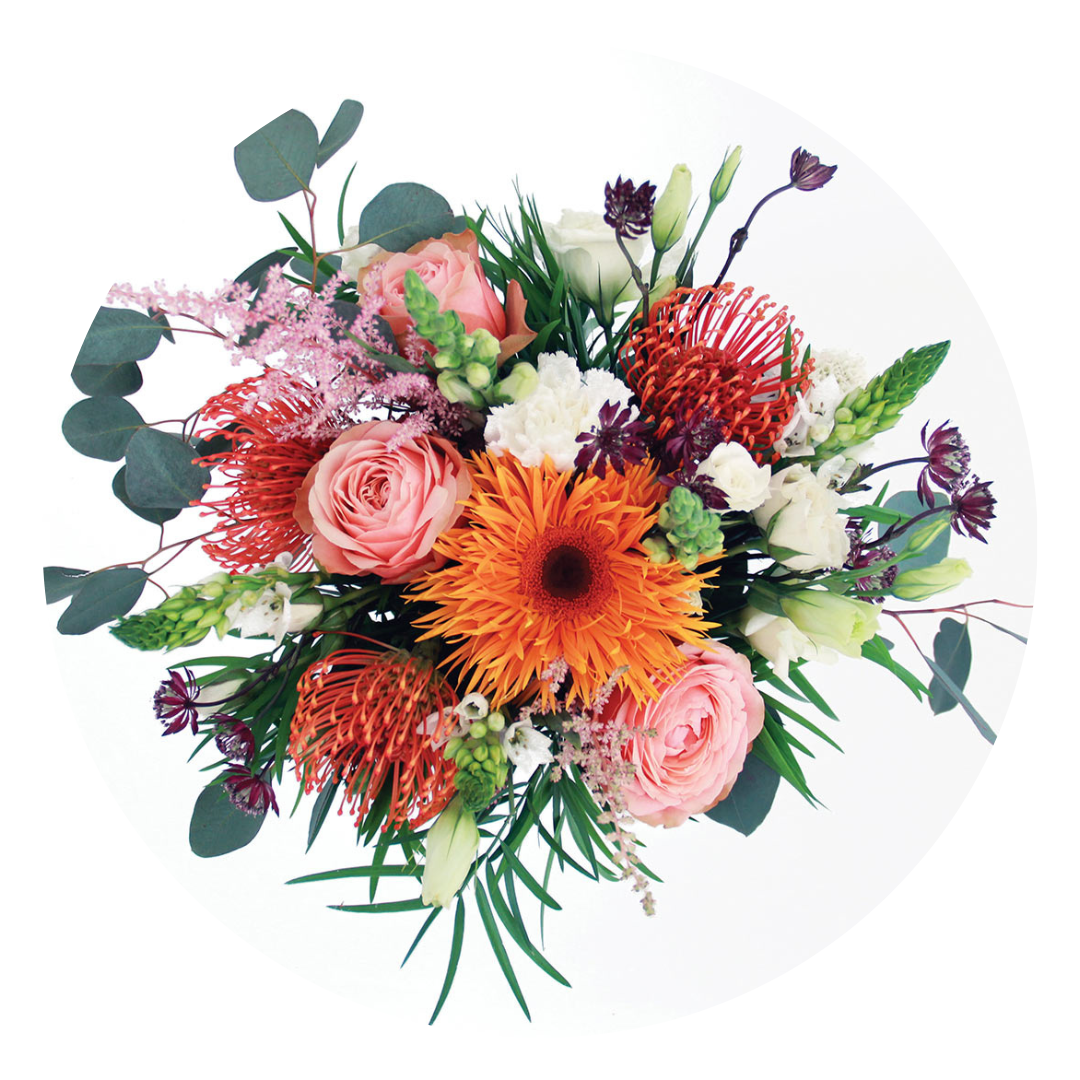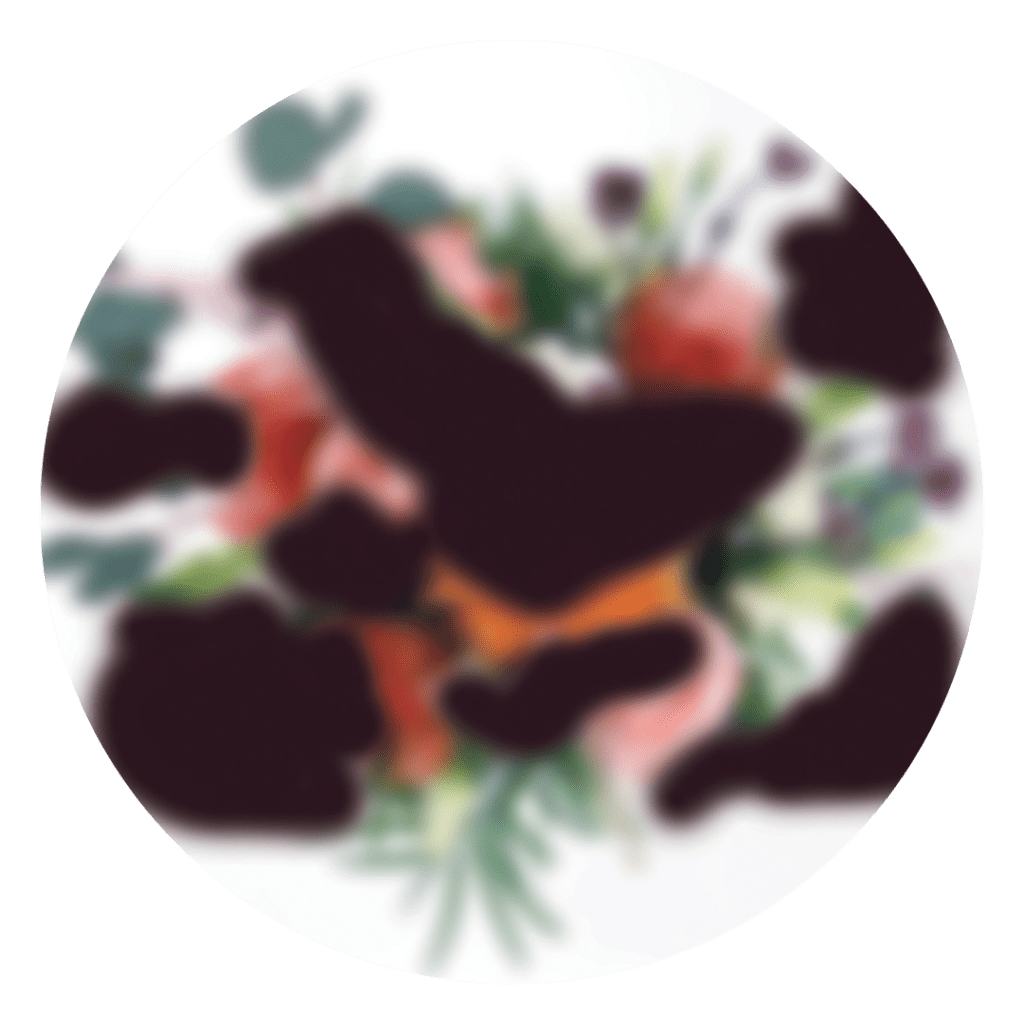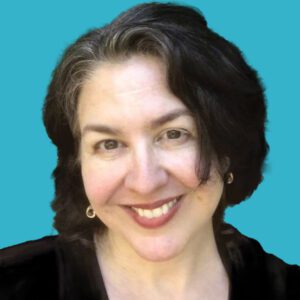Vision loss is far more common than many people realize – according to CDC data, at least 3.4 million Americans over the age of 40 are blind or visually impaired.
But despite these numbers, misconceptions about blindness abound – often to the detriment of blind people.
Though many people picture white canes or guide dogs when they hear the word “blind,” not all people with low vision actually use these mobility devices. Here, we spoke with local experts to shed light on the spectrum of blindness and learn more about how low vision can impact a person’s daily life.
Explaining Blindness and Low Vision


Clear Vision
Blindness is an umbrella term that covers many levels of vision loss; it does not necessarily mean that a person has no remaining vision. In the U.S., a person is considered legally blind if central visual acuity is 20/200 or less in their better eye, or if their visual field is 20 degrees or less. If vision can be corrected with glasses or contacts, a person is not considered legally blind.
Most people who are legally blind will still have some usable vision in one or both eyes. Blindness can look very different from person to person, and each individual will navigate the world a bit differently depending on how their vision is affected.



Central Vision Loss
Central Vision Loss
This would be considered your “straight ahead” vision. With central vision loss, faces can be difficult to distinguish and fine details are difficult to make out, causing difficulty with up-close tasks such as reading. Age-related macular degeneration, the most common cause of vision loss in older adults, is one condition that affects central vision.



Peripheral Vision Loss
Peripheral Vision Loss
Peripheral vision is your side vision. When peripheral vision is lost, an individual’s field of vision will narrow, often resulting in “tunnel vision.” With some conditions, like retinitis pigmentosa, this can progress to total blindness.



Dark Spots or Floaters
Dark Spots or Floaters
Floaters are dark or blurred shapes that appear in a person’s line of vision. They can look like spots, streaks, or squiggly lines, and can range in severity from an annoyance to a severe obstruction. Diabetic retinopathy is a common cause of this type of vision loss.
Treatments
While some conditions, such as cataracts, can be corrected with treatment, others lead to permanent vision loss. Fortunately, there are many ways for individuals to make the most of their remaining vision.
Occupational Therapy
Occupational therapists like Ismael Miranda, a low vision specialist at Siskin Hospital for Physical Rehabilitation, can assess an individual’s needs and help them enjoy greater independence. “Our main goal is safety,” Miranda explains. “There are a number of devices that can increase a person’s independence and help to keep them safe in their home or office environment, as well as numerous compensatory strategies to help them navigate their daily lives safely.”
Assistive Technology and Devices
For many patients with low vision, it can be difficult to read screens or operate equipment. Most smartphones have assistive technology available in the phone’s settings, and simple changes to font size, screen contrast, or text-to-speech options can be very helpful. Additional technology includes:
- Talking clocks, timers, and watches that announce the time
- Sensors for cups that set off an alarm when liquid reaches a certain point
- Screen readers that verbalize text on computer screens
- Keyboards that speak as a person types so they can avoid errors
- Talking medical equipment, such as glucometers and blood pressure cuffs



Compensatory Strategies
Miranda works with patients to determine how their vision is impacting their daily life and create strategies to improve any difficulties. “I cannot fix their vision, but I can work with the residual vision to improve their daily living,” he explains. Often, Miranda finds that simple modifications can restore a great deal of independence for people living with low vision. For example:
- Using white plates that allow food to stand out more clearly
- Removing area rugs from the home to avoid unnecessary tripping hazards
- Installing additional lighting overhead and in closets or cabinets to improve visibility
- Organizing closets and drawers to make finding clothing easier
- Wearing long oven mitts over the arms to avoid burns when reaching into the oven
- Learning to turn the head more often to make up for blind spots in the visual field
If vision loss makes a person feel like they can’t do as much as they used to be able to do, then it may be time to consider Orientation and Mobility training,”
Larisa DeZayas
Orientation and Mobility Training
Imagine standing in the middle of a mall with a blindfold over your eyes and being told to find your way to the food court. Would you know which way to turn? Would you feel confident that you could get there without bumping into displays or other shoppers? Vision loss can severely impact a person’s independence, as it can be difficult to navigate the world with limited sight.
Fortunately, Orientation and Mobility (O&M) specialists, like Larisa DeZayas of Signal Centers, offer techniques that can help. “Orientation” is the ability to know where you are and where you want to go, and “mobility” refers to your ability to get there safely. O&M techniques are tailored to each person, depending on their individual goals. DeZayas explains, “I can work with people to help them get around their home safely, get out to take a walk, get out in the community to get errands done, or go to work – anything that the individual person wants to do.”
“One thing that is common in everyone that I work with, whether they are blind since birth or they’ve lost vision later in life, is dealing with the social adjustment of living as a person with visual impairment,” DeZayas shares. O&M training can help people regain independence and feel more confident leaving the house, even in the early stages of vision loss. “If vision loss makes a person feel like they can’t do as much as they used to be able to do, then it may be time to consider O&M,” DeZayas advises.
How to Offer Assistance
Due to a general lack of understanding, well-meaning strangers can make public outings more stressful for people who are blind or visually impaired. It may be hard to resist stepping in if you feel they might run into an obstacle, but actions like grabbing their shoulders or forcibly changing their direction can be incredibly disorienting, and often do more harm than good. In general, it is best to assume that a person is capable of navigating safely unless they specifically state that they need help.
In the event that someone does ask for help, the sighted guide technique is an excellent way to provide assistance. There are numerous tutorials available online, but in summary:
- Allow them to hold onto the back of your upper arm and follow behind you
- Walk ahead of them, being mindful to keep a comfortable pace
- When navigating obstacles like doorways or stairs, give a verbal warning and then go ahead of them
- Give verbal warning for any trip hazards, like a change in flooring from tile to carpet or upcoming curbs on the sidewalk



Ismael Miranda
Occupational Therapist,
Siskin Hospital for Physical Rehabilitation



Larisa DeZayas
Orientation and Mobility Specialist
Signal Centers

